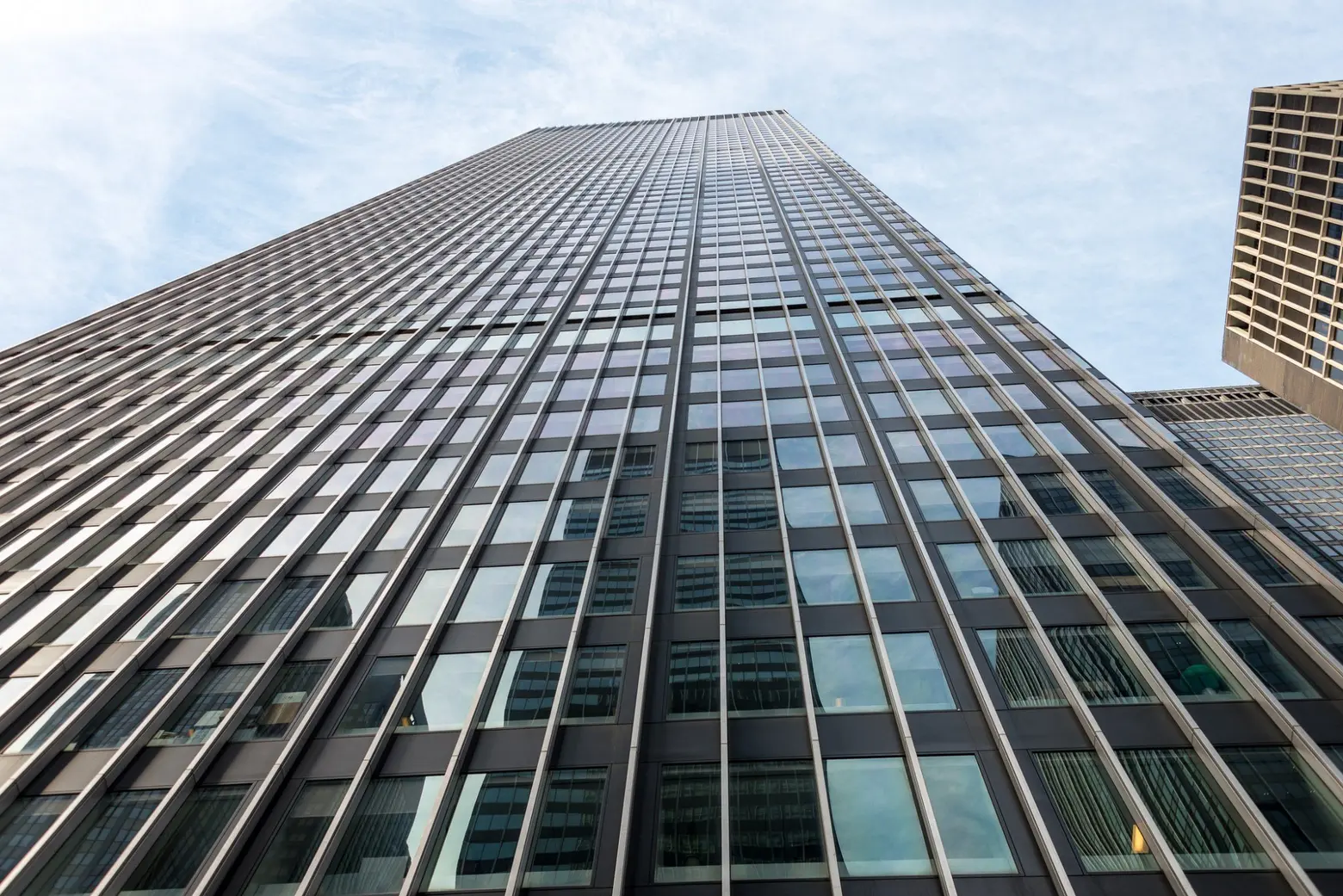Study looks at the tallest buildings ever demolished and confirms 270 Park Avenue will top the list

Back in February, 6sqft reported that the Union Carbide Building at 270 Park Avenue–currently the JP Morgan Chase headquarters–was set to be the largest intentionally demolished building in history when plans move forward to replace the 700-foot-tall structure with a tower that will likely rise to over 1,200 feet. ArchDaily brings us a study done by the Council on Tall Buildings and Urban Habitat (CTBUH) that looks at the 100 tallest buildings ever to be demolished by their owners. The study, aptly titled, “Tallest Demolished Buildings,” confirms that if the current plans move forward, Skidmore, Owings & Merrill’s 270 Park Avenue would indeed become the tallest to go down–and the first over 200 meters in height.

The building was designed in 1960 by Natalie de Blois, a pioneer of American architecture and one of the few female senior designers at that time, for SOM. It’s also the site of the first project in the controversial Midtown East rezoning.
According to the study, the top demos were torn down to make way for newer, taller buildings. The current record holder is the Singer Building at 187 meters and 41 stories tall when it was torn down in 1968 in order to build One Liberty Plaza.
Other findings: The average lifespan of those 100 tallest demolished buildings added up to only 41 years. And over one-quarter of the 100 tallest demolished buildings were built between 1890 and 1920. The majority of those buildings were located in North American cities.

270 Park Avenue via MikePScott’s Flickr
So why knock down perfectly good skyscrapers? Land constraints in densely-packed cities is one factor, as is, of course, the fact that a newer, taller, bigger building offers greater financial potential.
According to CTBUH Executive Director Antony Wood, the study reminds us that “We should be thinking of tall buildings as perpetual entities with lifecycles potentially exceeding 100 or 200 years while designing them in such a way that they can be creatively adapted for potential future uses.”
[Via ArchDaily]
RELATED:
- Soon to be largest deliberately demolished tower ever, 270 Park Avenue proposal faces backlash
- Crimes Against Architecture: Treasured NYC Landmarks Purposely Destroyed or Damaged
- Architectural Saviors: NYC Landmarks Saved From Destruction
- St. Patrick’s Cathedral to get $7.2M from sale of air rights under Midtown East rezoning





























